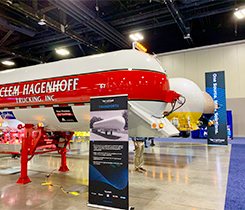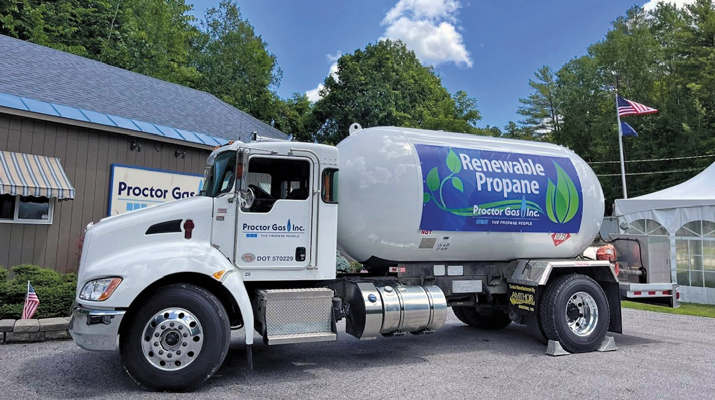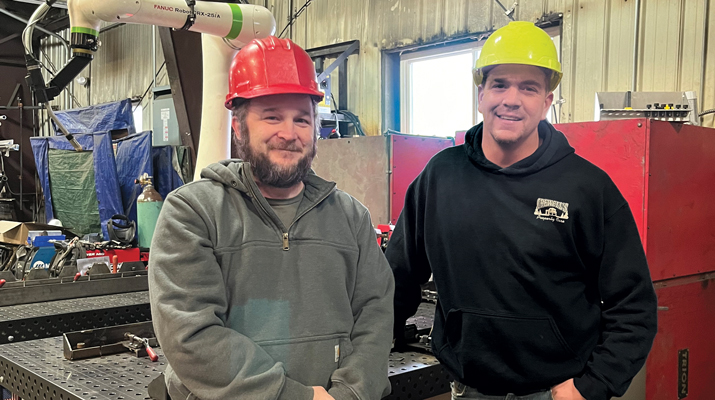Tracking the latest developments in U.S. propane supply
The beginning of the winter heating season brought busyness to – and some backlash from – propane marketers, and it had only partially to do with, well, the winter heating season.
It had mostly to do with crop drying. A fall flurry of wet crops drove marketers into action in parts of the Midwest. Eight states declared emergencies because of high demand and low supply, allowing exemptions to hours-of-service regulations for commercial truck drivers.
The much-talked-about Cochin Pipeline reversal in this region, on which we focused last month, has created headaches for marketers, and it affected deliveries to crop drying accounts.
Northeast rail reliant
No stranger to supply challenges, the Northeast could experience another bumpy ride this winter.
A Nov. 20 supply update from the Propane Gas Association of New England (PGANE) outlined a potential shortage of transport trucks and railcars due to their use in moving raw product from the Marcellus and Utica shale plays in western Pennsylvania and West Virginia to processing facilities. Pipeline infrastructure hasn’t kept pace with shale oil and gas production, requiring other transport methods.
Trouble is, New England has become heavily dependent on rail for its propane supply – about 75 percent dependent compared to 15 percent four years ago, says PGANE President Joe Rose. This is due to several reasons.
Issues at Ohio’s Todhunter terminal – a reversal of TEPPCO’s 16-inch pipeline to carry product (ethane) south to the Gulf Coast as well as geological failure of its storage caverns have all but eliminated this “huge safety valve” for the Northeast, PGANE says. Todhunter had stored 3 million barrels of propane, according to Propane Resources.
TEPPCO, the only pipeline extending into the Northeast, went on allocation Nov. 1 and is operating at 44 percent less capacity due to the reversal, PGANE adds. The lone 20-inch pipe that ships product north can be overwhelmed during propane’s busy season.
This whole issue is compounded by today’s dynamics of propane supply in the United States, whose status as a net exporter has essentially mothballed New England’s two propane import terminals – in Newington, N.H., and Providence, R.I. Four years ago, these facilities brought in 60 percent of New England’s propane, Rose says.
Meanwhile, Sea-3 Inc. wants to convert its New Hampshire facility into a propane export terminal.
These supply dynamics in the Northeast are “unlike anything we’ve ever lived through,” Rose says.
Western storage
Magnum NGLs has undertaken a project that will add 500,000 barrels of underground propane storage in central Utah, Brady Flamm, the company’s vice president of business development, explains.
The Utah company initially planned to build a natural gas salt storage facility, but with the recent surge in natural gas liquids (NGL) from shale plays it expanded the project to include propane and butane solution-mined salt storage caverns.
“In the West there’s just a real shortage of bulk underground storage, so supply has to be stored above ground in tanks,” Flamm says. “It leaves suppliers in the West short propane in the winter and having to bring it in from other regions of the country and Canada.”
The NGL storage project, which involves drilling into a massive salt formation and pumping water through to dissolve the salt and create the cavern, has been in the works for about two years. The facility is scheduled to open April 1, 2014.
Flamm anticipates product in storage originating from a variety of sources in the western United States and Canada. New truck and rail terminals will serve the facility and take product throughout the western United States.
“One thing customers like about us is we’re a storage provider, not a marketer,” Flamm says. “We’re not trying to take a position on product or compete with our customers. All we do is provide storage.”
















